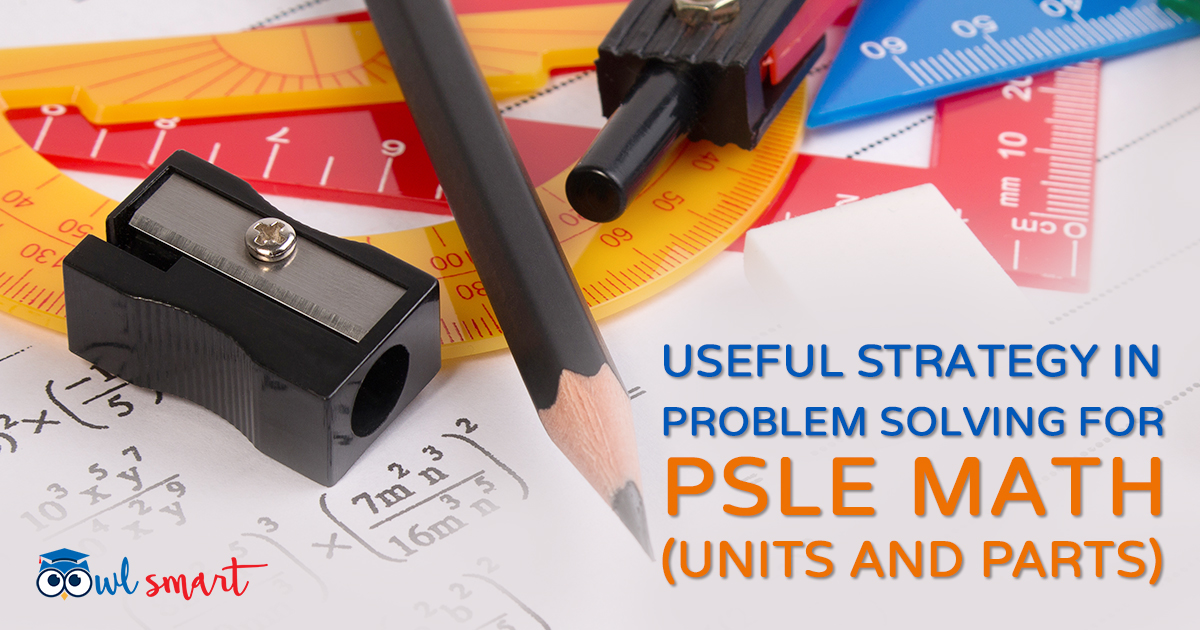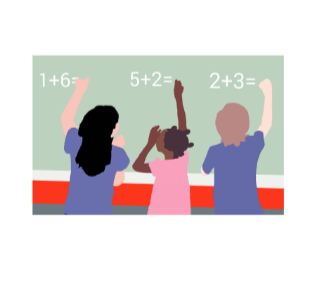
In the previous article, I shared about how we can use the STAR approach in tackling a problem sum.
It is important to read, understand and pick out contextual clues before we decide on the strategy to apply.
| This is a procedure which many pupils did not take seriously when it comes to solving problem sums. Slowing down and taking time to think through is absolutely necessary … |  |
Today, I am going to share with you an advanced yet common strategy in solving problem sums using Units and Parts.
A variety of questions (across whole numbers, fractions, ratio, percentage) which can be solved using this strategy are also found in the database of OwlSmart.
Application of this strategy can be daunting at first. However, once you are familiar with the strategy and have enough practices, it will be a great tool to use!
Question
½ of Dylan’s savings was twice of Flora’s savings. After their father gave Dylan $32 and Flora $60, Flora’s savings is ⅓ of Dylan’s savings. How much savings did Dylan have at first?
1. Study and understand the problem
½ of Dylan’s savings was twice of Flora’s savings.
(This sentence can be restated as D : F = 1 : 4 )
After their father gave Dylan $32 and Flora $60,
(Both of them had more money added to their savings and each of their total savings had changed.)
Flora’s savings is ⅓ of Dylan’s savings
(This sentence can be restated as D : F = 1 : 4)
| 2. Think of a plan |  |
The amount of money for each person (F and D) has changed and the total amount of money for both F and D have also changed from “Before” to “After” scenario.
The strategy using Units and Parts can be applied when both variables and the total amount changed from “Before” to “After” scenario.
3. Act on the plan
Strategy : Units and Parts
Put down the two sets of ratios in a matrix as shown below.

Form two equations with the two vertical ovals.
1u + 60 = 1p - (1)
4u + 32 = 3p - (2)
Since we are asked to find Dylan’s savings at first (4u), we eliminate the parts by finding common multiple of 1p and 3p. The common multiple is 3p.
| (1): 3u + 180 = 3p –(3)
Equate (2) and (3): 4u + 32 = 3u + 180 1u → 180 – 32 = 148 4u → 148 x 4 = 592
Ans : 592 |  |
4. Reflect on my answer
Work your answer through the steps to double check on accuracy.
About the Author
Teacher Zen has over a decade of experience in teaching upper primary Math and Science in local schools. He has a post-graduate diploma in education from NIE and has a wealth of experience in marking PSLE Science and Math papers. When not teaching or working on OwlSmart, he enjoys watching soccer and supports Liverpool football team.



